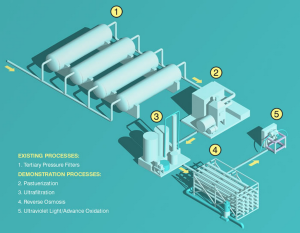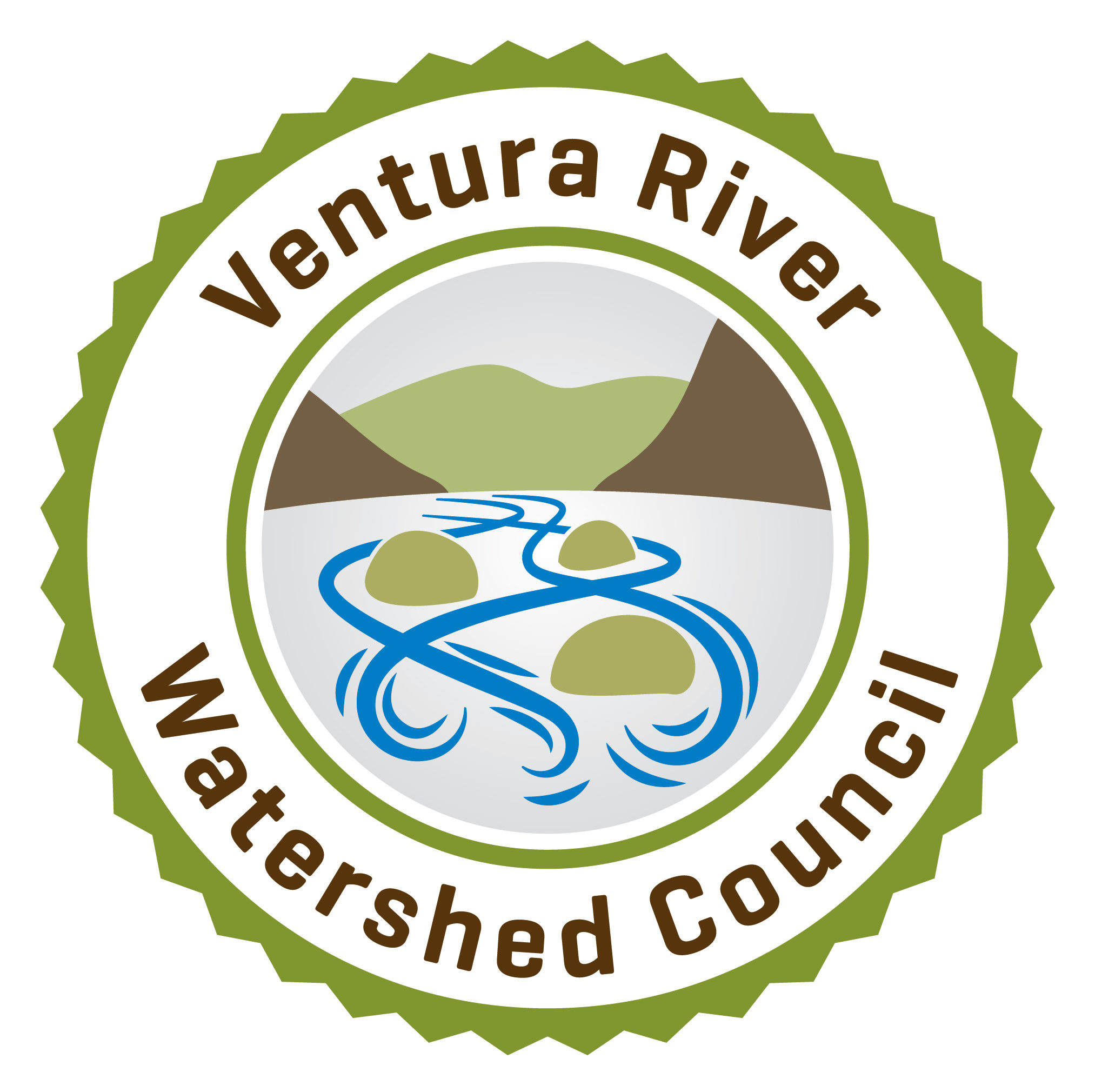Aug. 6 Watershed Council Meeting.
The next Watershed Council meeting will take place on Thursday, August 6, 2015. (Note: the July 2015 agenda indicated the meeting would be on August 13 – this has changed.)
This meeting will be held at the City of Ventura’s “VenturaWaterPure” direct potable reuse demonstration plant at their wastewater treatment facility located adjacent to the Santa Clara River estuary, 1400 Spinnaker Drive, Ventura. A tour of the plant will be held from 9:00 to 10:15 am, and the regular meeting will follow until 12:00 pm. An agenda will be forthcoming.

Direct potable reuse is the process of converting wastewater into purified drinking water and placing that water back into the potable water supply system. The City is seeking public input on this potential new source of water supply. More info: www.cityofventura.net/water/sustainable-water
All Watershed Council meetings are open for anyone to attend. Community members are encouraged to participate.
State Mussel Watch Program – Special Report
At the July 2015 Council meeting, Shirley Birosik, watershed coordinator with the Regional Water Quality Control Board Los Angeles, described a State Mussel Watch Program (SMWP) launched in 1977 by the State Water Board. The SMWP focused on monitoring the bioaccumulation of chemicals in aquatic organisms living in coastal waters. This bioaccumulation data provide a direct measure of beneficial use impairment.
A considerable amount of data has been collected during the course of the program. Shirley has compiled a special report that describes some of the conclusions that can be drawn from the data. Unfortunately, the sampling program will conclude in 2016.
From the report:
“In conclusion, the use of transplanted mussels or the collection of resident mussels from coastal sites through 35 years of State Mussel Watch Program sampling has revealed the considerable gains made in improving the water quality of Region 4’s marine and estuarine waters. A dedicated long-term program can identify trends that are not apparent if sampling occurs over only a few years. It shows that actions taken by the federal and state government to prohibit use or discharge of highly toxic substances results in better water quality and protection of beneficial uses.”
